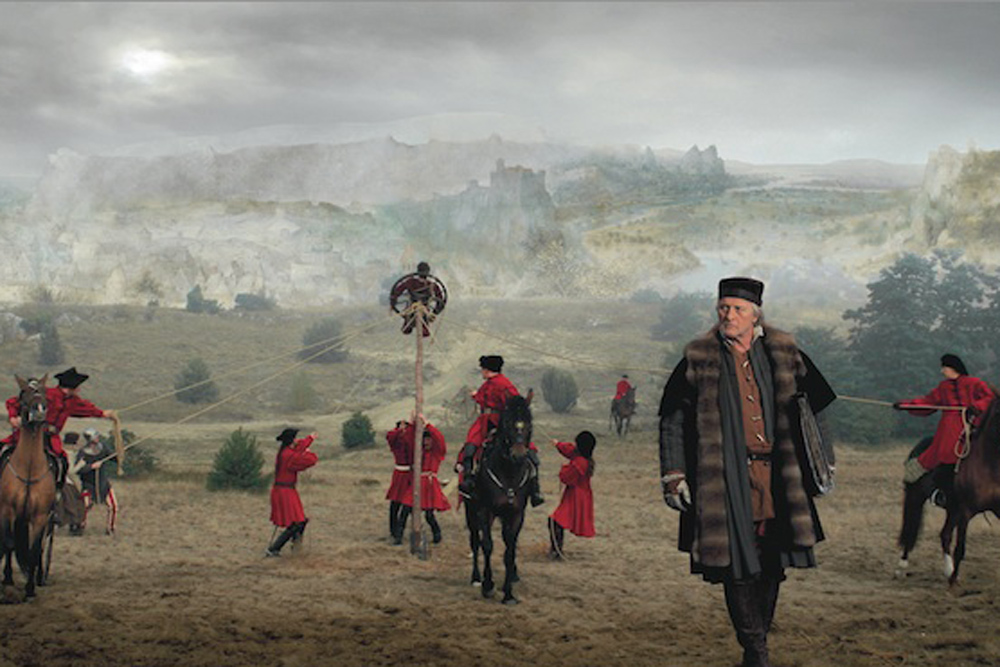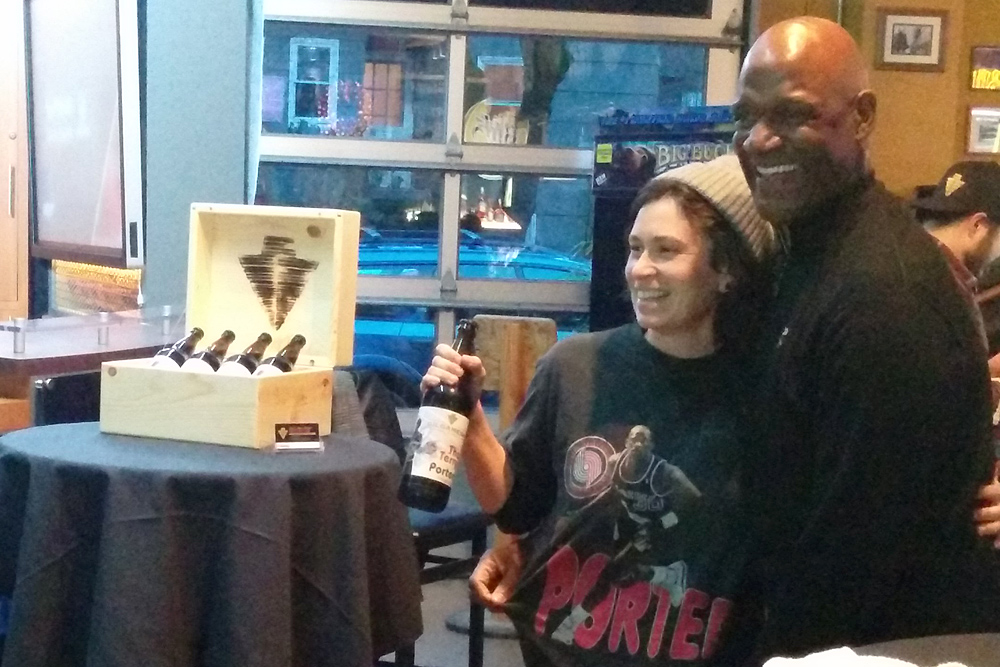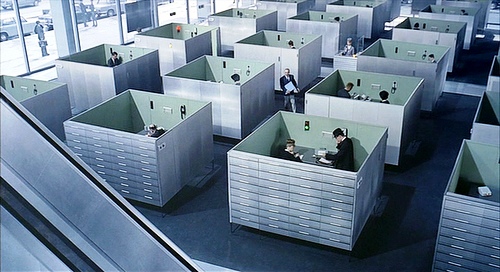There’s something fascinating about seeing something come to life. Maybe it’s the privileged feeling you get when you’re lucky enough to get a behind-the-scenes sneak peek. In a way, Lech Majewski’s The Mill and the Cross boasts that sensation. It opens with a stunning scene where a painting literally comes to life. A mix of actors, extras, paintings, backdrops and digital effects are used to animate a work of art while the artist conceptualizes the piece.
But there’s another side that is not as glamorous—a kind that is more “see how the sausage gets made” than “backstage pass.” That’s the other side of The Mill and the Cross.
At first glance, the most recognizable aspect of The Mill and the Cross is the legendary actor and cult icon Rutger Hauer. For those who have trouble putting a face to the name, he’s been acting for 56 years and starred opposite Harrison Ford in Blade Runner and Christian Bale in Batman Begins. More recently, he starred as the titular character in the 2011 grindhouse film Hobo With a Shotgun.
Here Hauer is Pieter Bruegel the Elder, a Dutch painter and printmaker. The film finds him in the middle of his 1564 masterpiece painting “The Procession to Calvary,” depicting the moment Christ collapsed under the weight of the cross. Fitting an actor of his stature, Hauer is fantastic, even if he’s simply shuffling around life-sized models of his soon-to-be painting, sketching and stroking his chin. But as iconic as he is, he might not be the most memorable one in the film.
You are most likely to remember the other unnamed and unrecognizable people in The Mill and the Cross. Apart from the occasional segments with the painter and other key players, the film predominantly follows a handful of the 500 characters included in Bruegel’s painting.
In one vignette, a man and woman hike through the hills with a young calf. Soldiers approach the young couple and beat the man with whips, fists, and boots. She watches helplessly as her husband is tied to a wheel and mounted onto a pole. Later she cries from below as crows feast on the dead man’s face. In another, we watch silently as Christ suffers through whips and a crown of thorns. Then we must stomach watch him begin the procession with cross in tow.
Other scenes are less visceral, but in most there is a lingering theme of human suffering. The peddler peddles, the miller mills, Christ is crucified, and human beings destroy each other.
The film doesn’t devote its time to addressing who is committing the atrocities we see on the screen, because it’s not about Romans or Jews or Catholics or Spaniards. At its core it seems to lament something much more basic about us as people and our capacity to inflict such unspeakable cruelty to each other.
Brilliantly, the film is almost absent of dialogue. Free from an abundance of speech, The Mill and the Cross is open to explore sincerity, divinity and graphic brutality through the image. The film doesn’t have any words for human suffering. Maybe what matters is finding how to speak about these things ourselves.
5th Avenue Cinema is free for Portland State students, $3 for other students and seniors, $4 general admission.






